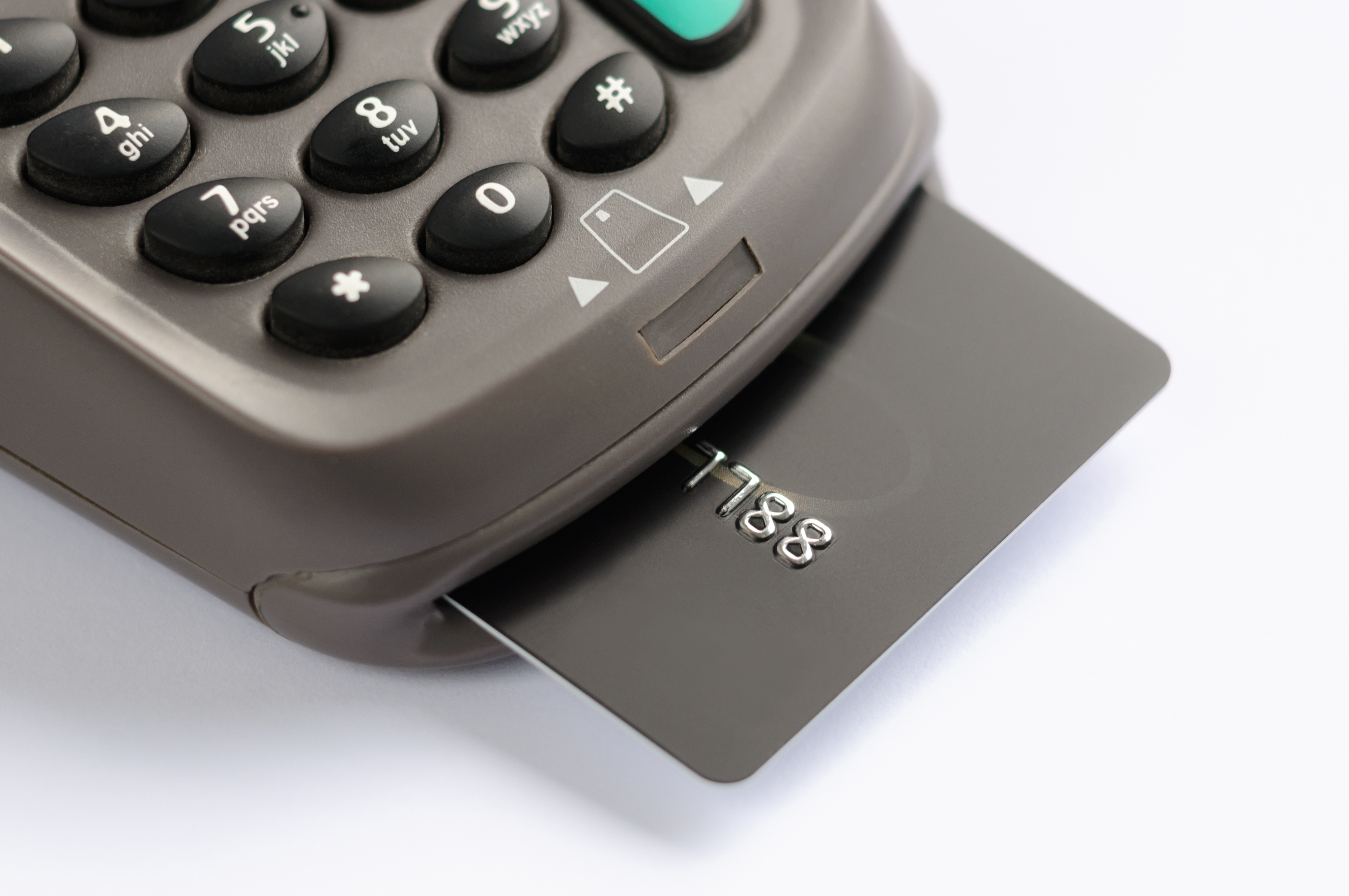No More Non-Compliance Fees, More Protection from Chargebacks: Why Your Rental Business Needs to Embrace EMV Transactions
Recently, we heard from the owner of a rental business whose merchant service provider was charging them nearly three hundred dollars per month in non-compliance fees – all because their credit card machines didn’t have chip reading capabilities.
While $300 a month is on the high end of the spectrum – most merchant service providers charge non-compliance fees in the range of $5-$25 per month or a single annual fee – it’s a costly reality for many rental businesses.
What are EMV non-compliance fees and how can businesses avoid them?
“Before 2015, merchants were not considered responsible for credit card fraud. If a purchase was made with a stolen or counterfeit card, card issuers would – in most cases – cover the cost. However, as the payments industry has transitioned from magnetic stripe transactions to chip card transactions, this has changed” explains Russell Gilmer, Sales Manager at Curbstone.

“Instead of setting a hard deadline for all merchants to adopt EMV technologies – knowing that many businesses would be reluctant to pay to purchase all new terminals - card networks decided to change the way that liability is assigned for fraudulent card-present transactions.
“Under today’s rules, if a stolen or counterfeit card has a chip and is swiped instead of inserted, the merchant’s bank – not the cardholder’s bank – will be responsible for the fraudulent transaction. Non-compliance fees help banks make up for this risk.
“As far as eliminating these fees: the only way to avoid them is to transition from magnetic stripe processing to EMV processing. Once you do that, you can ask your processor to remove these fees from your statements. From that point on, you’ll also be protected from financial liability resulting from card fraud in counter sales.”
Why were EMV cards introduced in the first place?
Chip cards were introduced to help make card payments more secure.
On old cards, magnetic stripes stored static data. This data didn’t change; if a card was lost or stolen, the data could be easily replicated and used for fraudulent purchases.
Chip cards, however, generate unique transaction codes each time they are used. If the data is breached, it cannot be used for additional purchases. If a hacker attempts to use it, the card will be declined.
“The good news is that – for rental businesses that adopt EMV technology – the risk of fraud goes down considerably,” Gilmer explains. “According to VISA, merchants who have completely transitioned to chip cards have seen an 87 percent reduction in fraudulent transactions. While the rental industry tends to have lower rates of fraud than industries like travel and online ticket sales, a few fraudulent payments can cause considerable losses.”
EMV cards and chargebacks
“Chargebacks are another potential risk for rental businesses that haven’t yet adopted EMV payments,” continues Gilmer. “If a customer presents an EMV card to make a payment, but the merchant processes it via magnetic stripe – or manually keys in the card data – the merchant is responsible for any fraud that occurs as a result. If the card data is stolen from the point of sale, the merchant is financially liable – and if the customer files a chargeback for unauthorized use, the merchant has no recourse. Normally, the merchant would be given the opportunity to provide evidence that the customer was, in fact, responsible for the purchase, but not when they are non-compliant.”
Are EMV cards required by law?
Despite all of this, EMV payment processing is not required by law, nor is it required by the Payment Card Industry Data Security Standard. However, it’s best practice – and in many cases, the smart move financially – to make the switch.

Adopting EMV payments at your rental business
There are only a few minor steps required to move your business to EMV:
- Buying new terminals. This will be a one-time cost – usually in the range of $300 to $500 per terminal.
- Your acquiring bank will set up new Merchant IDs to correspond with the functionality needed with your new terminals.
- Connect your new terminals to your network and you’re ready to go.
It's that simple!
Once you have the technologies in place, you’ll need to make some minor changes to your counter sales process. You’ll insert or tap a customer’s card instead of swiping it through a magnetic reader. If the terminal can’t read the chip, the card can be swiped as a “fallback”.
If desired, you can start using your chip card terminals for other, newer payment methods as well, such as NFC (near-field communication) payments, ApplePay and GooglePay, as long as you have the right infrastructure in place.
Secure EMV Payments, Fully Integrated With InTempo Enterprise
InTempo’s Curbstone payment integration lets you quickly and easily process all of your payments – including EMV transactions. To learn more about secure chip-and-pin credit card processing at your rental counter, contact us today.


